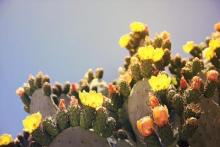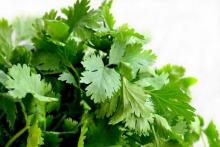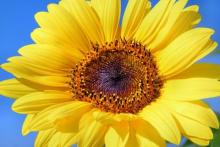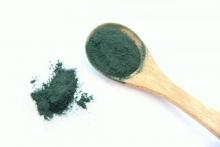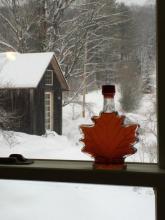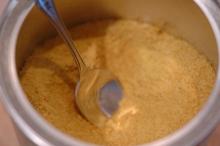Moringa Oleifera: Nature's “Miracle Tree”
Imagine a tree that cures almost anything that ails you. If there were ever a tree, Moringa oleifera – or drumstick tree - would be it. Referred to as the “miracle tree,” Moringa is used by Ayurveda practitioners to help prevent about 300 different diseases in patients. From the leaves to the bark, the tree can be used for medicinal purposes. Native to South Asia, Moringa is commonly used in curries and stews. It can be ground into a paste, powder, or enjoyed as a tea. It is so healthy, in fact, that it is said to be more nutritious than kale.


